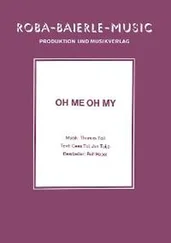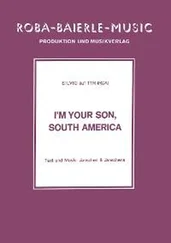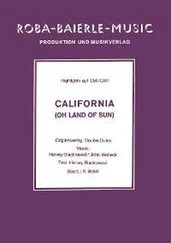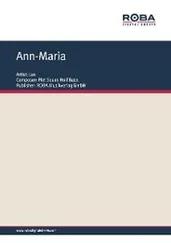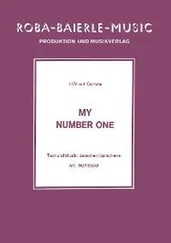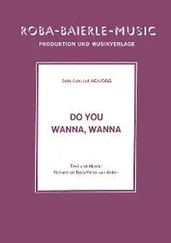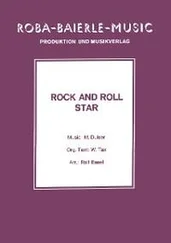A headland stretching for almost a hundred kilometres between the Atlantic
to the west, and the Gironde Estuary, where the Garonne and Dordogne rivers
meet, to the east. In terms of wine style, a distinction can be drawn between
the southernmost part of the Médoc (the Haut Médoc) with its seven village
appellations and the northern part, the Médoc proper. Unlike the villages, which
have very uniform terroirs, the soils of the larger area are heterogeneous. Gently
undulating knolls of coarse gravel alternate with sand, clay and limestone soils.
The two main Bordeaux varieties of Cabernet Sauvignon and Merlot are almost
equally well represented and produce wines ranging in style from tart to elegant.
Margaux
1,400 hectares of vines I 90 producers I 10 million bottles a year
The southernmost village appellation (and therefore the closest to the city)
bears the name of a single village but in fact covers five: Margaux, Arsac, Can-
tenac, Labarde and Soussans. The soils consist of deep, well-draining gravel
mixed with sand and clay. Cabernet Sauvignon (which makes up the majority of
vineyards) does particularly well on the characteristic gravel hilltops whilst Mer-
lot prefers clayey plots. The best examples of Margaux wine can be recognised
by their exceptionally refined tannins, which turn out to be delicate and fresh
rather than compact and angular. The raspberry aroma found in young wines
here often reveals a perfect level of ripeness.
Moulis
600 hectares of vines I 40 producers I 4 million bottles a year
Moulis sits between Margaux and Listrac in the centre of the Médoc. Terroir-wise
Moulis is a compendium of almost the entire Haut-Médoc, containing examples
of almost all of the peninsula's different soil types: gravel, sand, limestone and
clay. The range of wines is similarly extensive, made from around 50% Cabernet
Sauvignon with Merlot, a little Petit Verdot and Cabernet Franc. The best exam-
ples are well balanced and smooth.

55
Right bank Appellations
Saint-Julien
920 hectares of vines I 26 producers I 6.5 million bottles a year
A substantial proportion of Saint-Julien's vineyards are to be found alongside
the Gironde estuary and in the middle of Haut-Médoc – so it is no surprise that
the appellation (in which the majority of wines come from classified estates) is
regularly described as the most reliable and consistent in the Médoc region. The
appellation covers a gravel-rich area 5 kilometres long and 3.5 kilometres wide.
Saint-Julien has by far the most uniform terroir in the Médoc. The proportion of
Cabernet Sauvignon used here is similar to in Pauillac. The juicy, elegant, excep-
tionally sensual and smoothly ample qualities of Saint-Julien wines make them
some of the most popular and well loved of any produced in the Médoc.
Pauillac
1,200 hectares of vines I 110 producers I 9 million bottles a year
Pauillac with its tiny harbour is the most important location in Haut-Médoc. It is
surrounded by the world-famous sites of three Premiers Crus, a handful of ‘su-
per seconds' and a number of ambitious estates following close behind. The ex-
tremely lean, deep gravel soils in the form of flat hilltops mixed with a little clay
and sand on the fringes, around two thirds of which are planted with Cabernet
Sauvignon, produce wines o
ff
ering density, structure, sophistication and power.
Saint-Estèphe
1,200 hectares of vines I 150 producers I 10 million bottles a year
Saint-Estèphe is the most northerly village appellation in the Médoc. It contains
only five classi
fi
ed but around 40 unclassi
fi
ed estates, which also produce ex-
cellent wines in good years. Saint-Estèphe is a goldmine for treasure seekers
56
AppellationsSouth Bordeaux
more interested in content than classification. Around half of the soils combin-
ing quartz, deep gravel and sand and clay over limestone are planted with Cab-
ernet Sauvignon, with Merlot making up an impressive 40%. The style ranges
from angular and robust (basic wines) to elegant and spirited.
Pessac-Léognan
1,600 hectares of vines I 75 producers I 10 million bottles a year
The fact that the cradle of Bordeaux (and thus of Grand Vin) in and around the
two Bordeaux suburbs of Pessac and Léognan has de
fi
ed urbanisation is virtu-
ally a miracle, and a tribute to the efforts of the chateau owners who fought for
the creation of their own appellation which has existed since the 1986 vintage.
Ever since, this appellation has produced both red wines (80% of bottles) and
dry whites on assorted undulations of gravel and sand. The rare limestone soils
are kept for the white wines. The best reds are elegant, slender, well structured
and suitable for laying down. The white wines are fruity and juicy, assuredly
ample and lively yet always well balanced and good for laying down.
Sauternes
2,200 hectares of vines I 200 producers I 4 million bottles a year
Barsac is part of Sauternes but not vice-versa, and these two villages together
with Bommes, Preignac and Fargues are situated on the left bank of the Garonne
around 40 kilometres south of Bordeaux. Semillon is the main variety at 80%,
supplemented by Sauvignon and some Muscadelle, growing on gravel, sand,
limestone and clay soils. The grapes are harvested late in multiple harvests. One
hectare in Sauternes produces around 1,500 to 2,000 bottles of sweet wine. Sau-
ternes wines have gained aromatic precision, finesse, freshness and sophistica-
tion. They are sweet and fruity but not clumsy, even quite light in their own
way. They make delicious aperitifs, are excellent accompaniments to modern
cuisine as well as Asian dishes and snacks, and can be drunk young or left to
age for decades.
Graves
3,500 hectares of vines I 240 producers I 20 million bottles a year
Graves begins at the city gates of Bordeaux: Pessac-Léognan is a village appella-
tion in this underrated region. It extends for around 60 kilometres along the left
bank of the Garonne as far as Langon and has characteristic gravel soils (‘graves'
in French) mixed with sand and clay. Around three quarters of its wines are pow-
erful, characterful reds. The whites offer structure and sophistication.
57
Right bank Appellations
Saint-Emilion
5,500 hectares of vines I 800 producers I 35 million bottles a year
Nine communes around the small town of Saint-Emilion, around 50 kilometres
east of Bordeaux, are entitled to use this AOC. The principal variety is Merlot.
The Saint-Emilion Grand Cru designation is reassessed every year, while the
Saint-Emilion Grand Cru Classé A (4 estates), Premier Grand Cru Classé B (14
estates) and Grand Cru Classé (65 estates) classifications are reviewed every ten
years or so. The best wines come from the limestone plateau and its slopes of
clay over limestone around the town, and from a gravel, clay and sand terrace
Читать дальше


